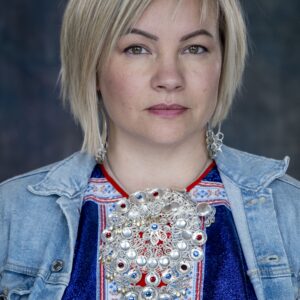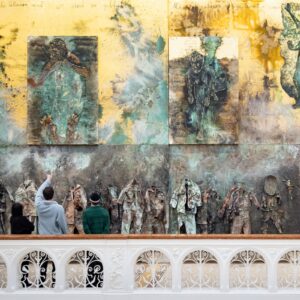Curated by Darren Warner
5th October – 5th November 2011
EB&Flow is pleased to announce Neil Ayling’s first London solo exhibition, Flection. Ayling’s interest in fragmentation informs both his sculpture and photography as he defines sculptural aesthetics of cityscapes through a visual and physical editing process.
Ayling edits and manipulates imagery through a process of cutting and folding, flection meaning the resulting condition of something being folded or bent. Fragments of architecture are isolated to highlight their inherent sculptural compositions. They provide a snap shot of the whole yet occupy a new space separate from their origin.
Ayling’s new body of work includes a series of large free standing sculptures created using materials found in urban areas such as steel, concrete, hoarding and billboard posters. The materials are reconfigured in the work to create new forms whilst retaining both visual and physical references to a specific site. The sculptures use imagery in different ways but all start from a two-dimensional state, such as the photography of architectural elements. These works define a new space within the gallery, as viewers engage and interact not only with works, but also with the environment they inhabit. By using the gallery as a method to frame or set parameters to isolate material from another location, Ayling employs similar ideas to that of Robert Smithson in the late 1960’s.
In a new work, using the existing architecture of the gallery, a virtual copy the space is made and reinserted back into the building through a projection onto a wooden structure resulting in shadows being stretched and morphed. The constructed form of the installation becomes the new projection plane and so physically manipulates the image.
Another large sculpture in the exhibition responds to the lines, shapes and colours found within graffiti. With the permission of The Hayward Gallery, London, Ayling installed blank hoarding at the Southbank Undercroft space for three months. During this time they were repeatedly covered with layer upon layer of graffiti. These boards were then subsequently used to create new 3D sculptures employing Ayling’s trademark methods of extraction and dislocation.
In April 2012, Ayling will reveal a public sculpture in King Cross, London, commissioned by Islington Council and Kings Cross Community Projects. Ayling currently combines studio work for Sir Anthony Caro with his own practice as an artist.





